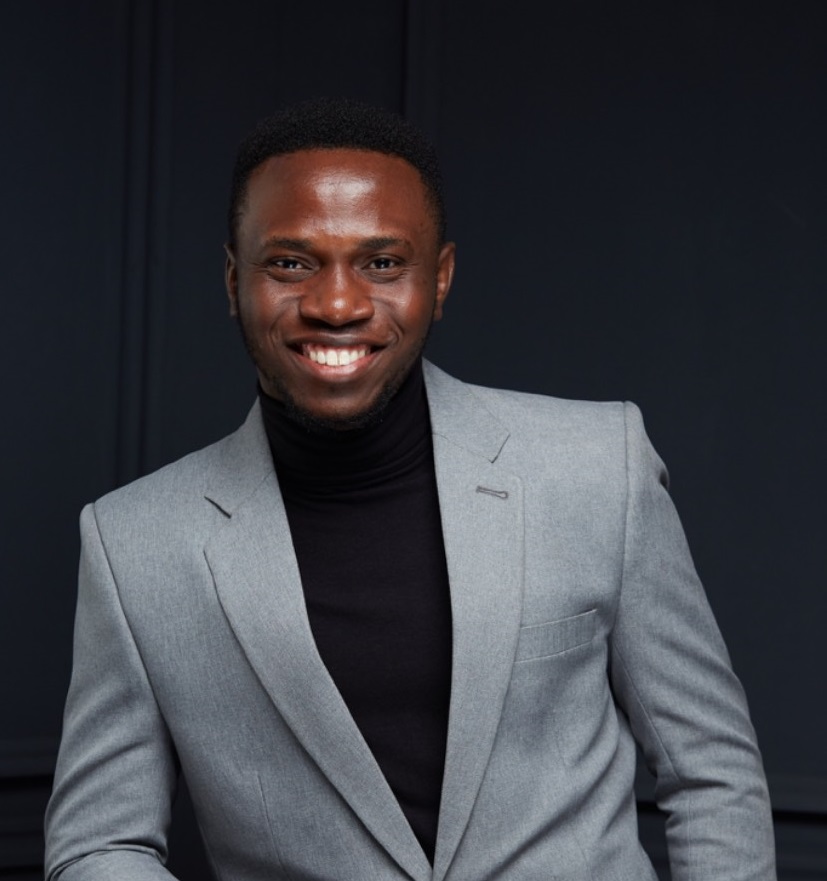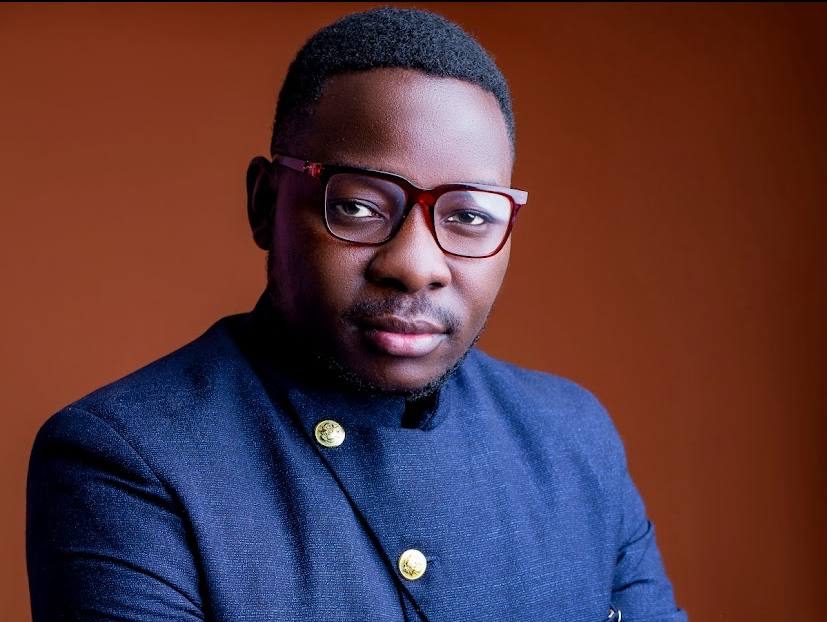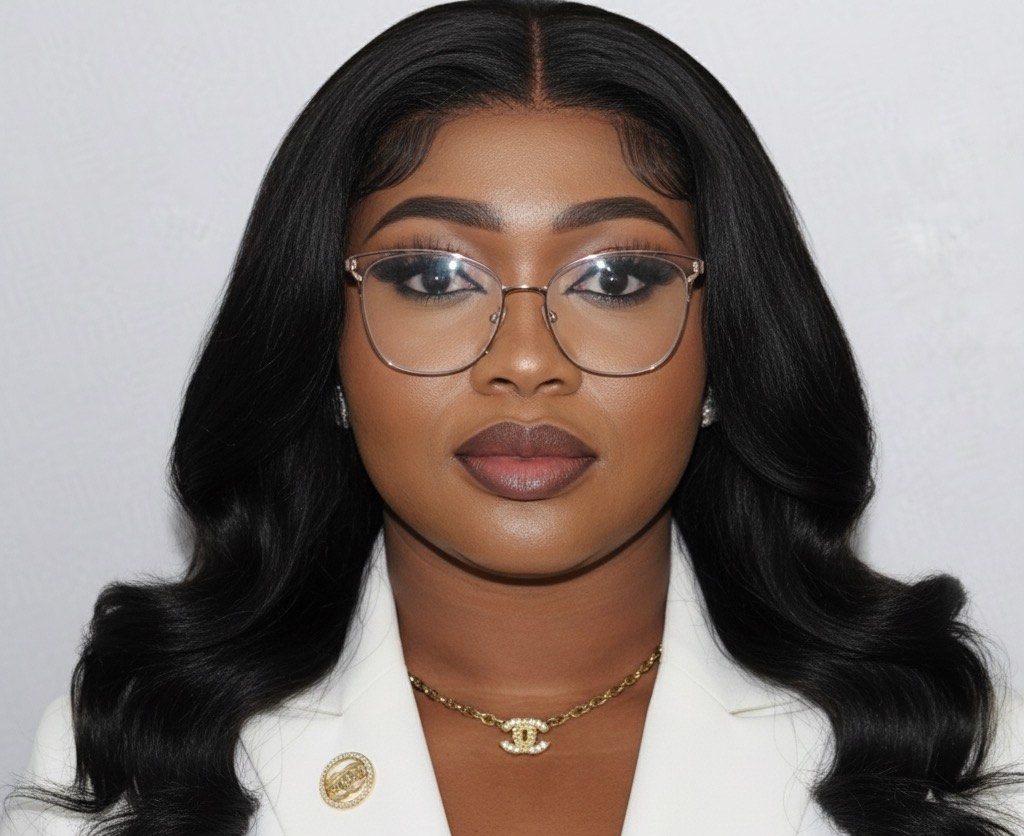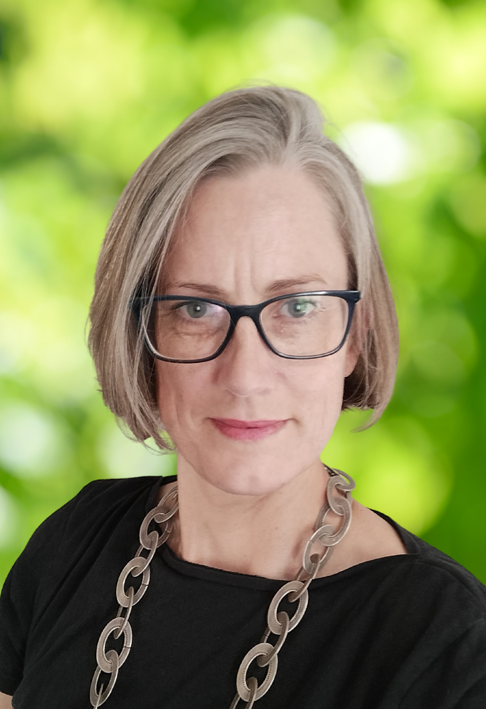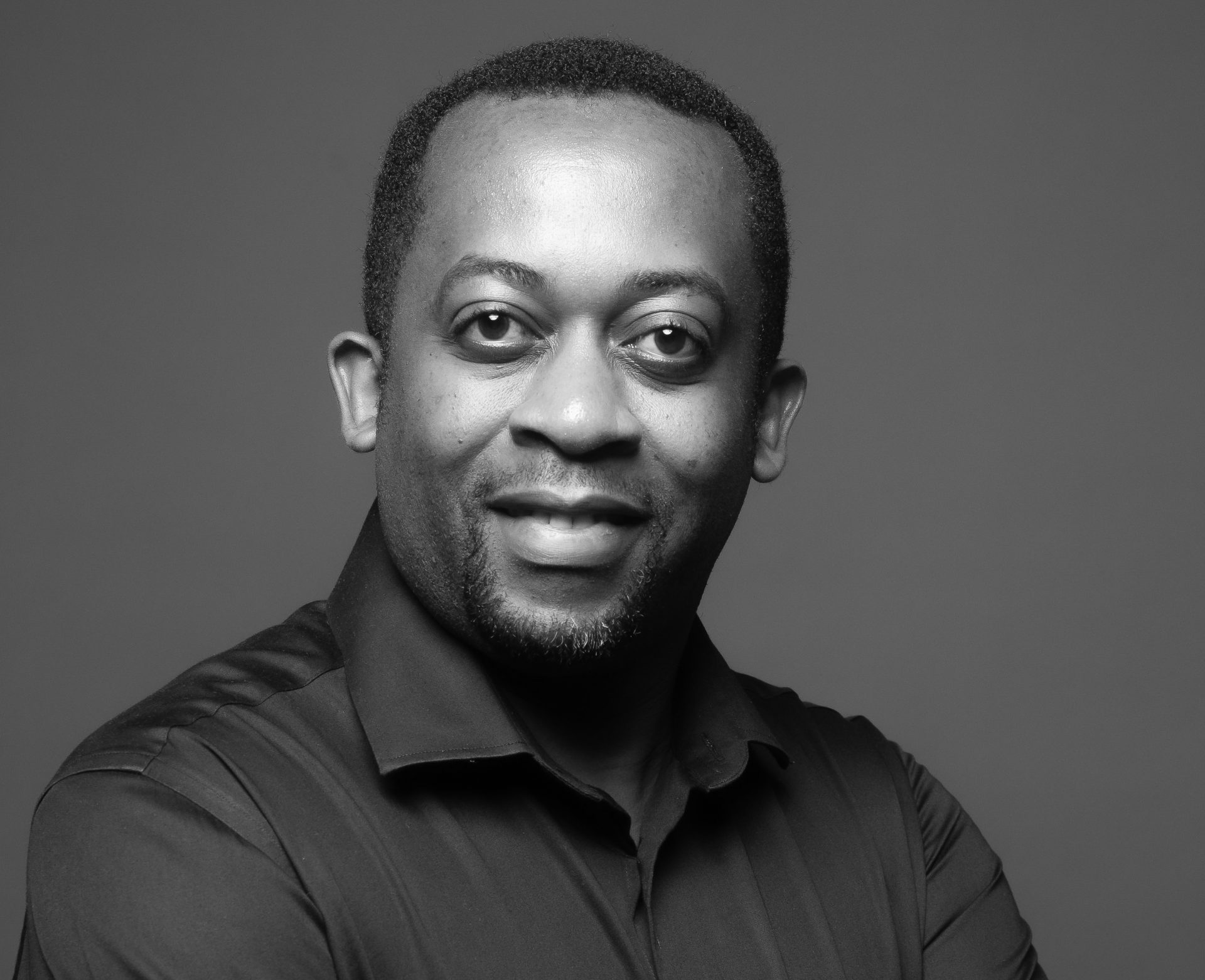I joined Eko Atlantic City as Head of Communications in 2019. In that time, I’ve often had to think about the following questions:
How do you design a communications strategy for one of the world’s most audacious real estate projects? How do you create a message around a city for the future and make it relevant to the present? How do you help people understand what you’re doing without sounding disingenuous and out of touch?
Building what will become the new financial capital of Africa’s largest economy on the coast of Lagos requires a lot of engineering and strategic marketing. But it also requires efficient communications. It demands that you think beyond just selling and informing. It demands that you prioritise wise spending (since excellent engineering is the top priority, and that costs a lot). You can’t just throw money at everything; you have to be smart with every dollar. It demands that you think deeply about collaborations since not everyone will see things from your organisation’s perspective, and you can only work with people who have foresight.
That said, here are five ways we think about our communications strategy.
1. Seeing is believing
We are a real estate company, and our product is land. We reclaim what was lost to coastal erosion over 100 years, establish infrastructure fit for the 21st Century on it, and then sell that land to clients to build according to world-class regulations. How do you make this sound interesting or noteworthy to anyone? It’s land. What could possibly be appealing about it?
The answer is in the stories you tell about the history of that land, what now happens on it, and what will happen in the future. Stories.
Once you have laid out the plotlines and mapped out your characters, the next step is to show (not tell) people. When dealing with real estate, people want to see what you are offering. It does them no good to hear about it. They would rather see it with their eyes. In line with this, we invest heavily in visual storytelling through our owned media channels. Videos and images are our primary content formats. We record everything and show as much as we can with as much detail as possible.
2. Doubling down on owned media
We think about social media not as a marketing channel but as a way to connect with an audience hungry for content. It is a chance to inform and educate people about what we do and how we do it. Our lean, in-house communications team is constantly engaging our audience through our social media handles and our YouTube page. People ask questions and make their comments, and we take the chance to share relevant information with them.
We also pay attention to our backend data. The analytics tools can help us spot potential hot topics before they erupt, and historical data informs how we respond to those hot topics.
3. Documenting everything
We have gigabytes of historical data and content from the Eko Atlantic City project initiation to date. We record every phase of development as a matter of tradition. This ensures the longevity of our communications efforts, meaning that they can transcend individuals. My predecessor had as much access to historical information and content about the project as I do today. This way, there is always a context for the marketing and communications decisions we make, and nothing is lost in translation.
4. Agility and Accountability
Our core communications team consists of 3 people – me, our associate who oversees our owned media channels, and our videographer (who records everything). However, we are connected to a larger sales and marketing team. This gives us the benefit of agility, and it also ensures accountability. Agility because we can experiment with small things, get real-time feedback from our audience, and chop or change our strategy based on what the data tells us. Accountability because we have to work towards the organisation’s overall goals, we cannot function in isolation.
5. Respect for the media
In 2019, we began hosting media tours at Eko Atlantic City. 2020 came with its famous pandemic and put things on pause, but the tours are back on the menu now. They allow us to cultivate organic long term relationships with journalists. We understand that each publication and media outlet is different, with unique modus operandi and house styles. We respect the work they do, and we optimise for all these by treating each relationship with the uniqueness it deserves.
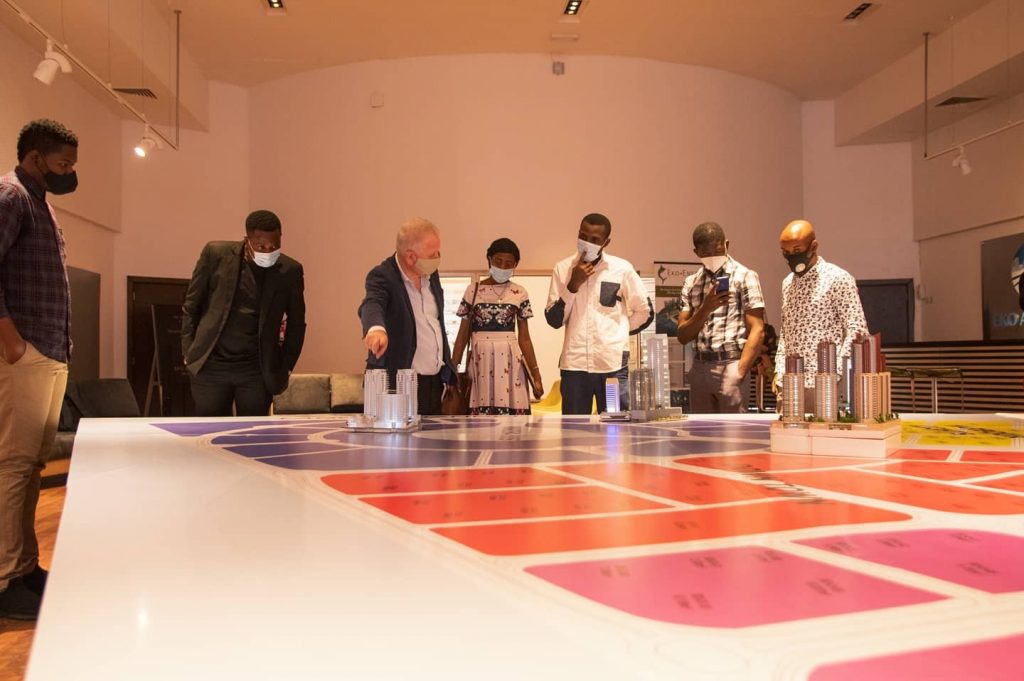
These are some of the ways we approach our communications strategy at Eko Atlantic City.
How do you think about these things at your organisation?

